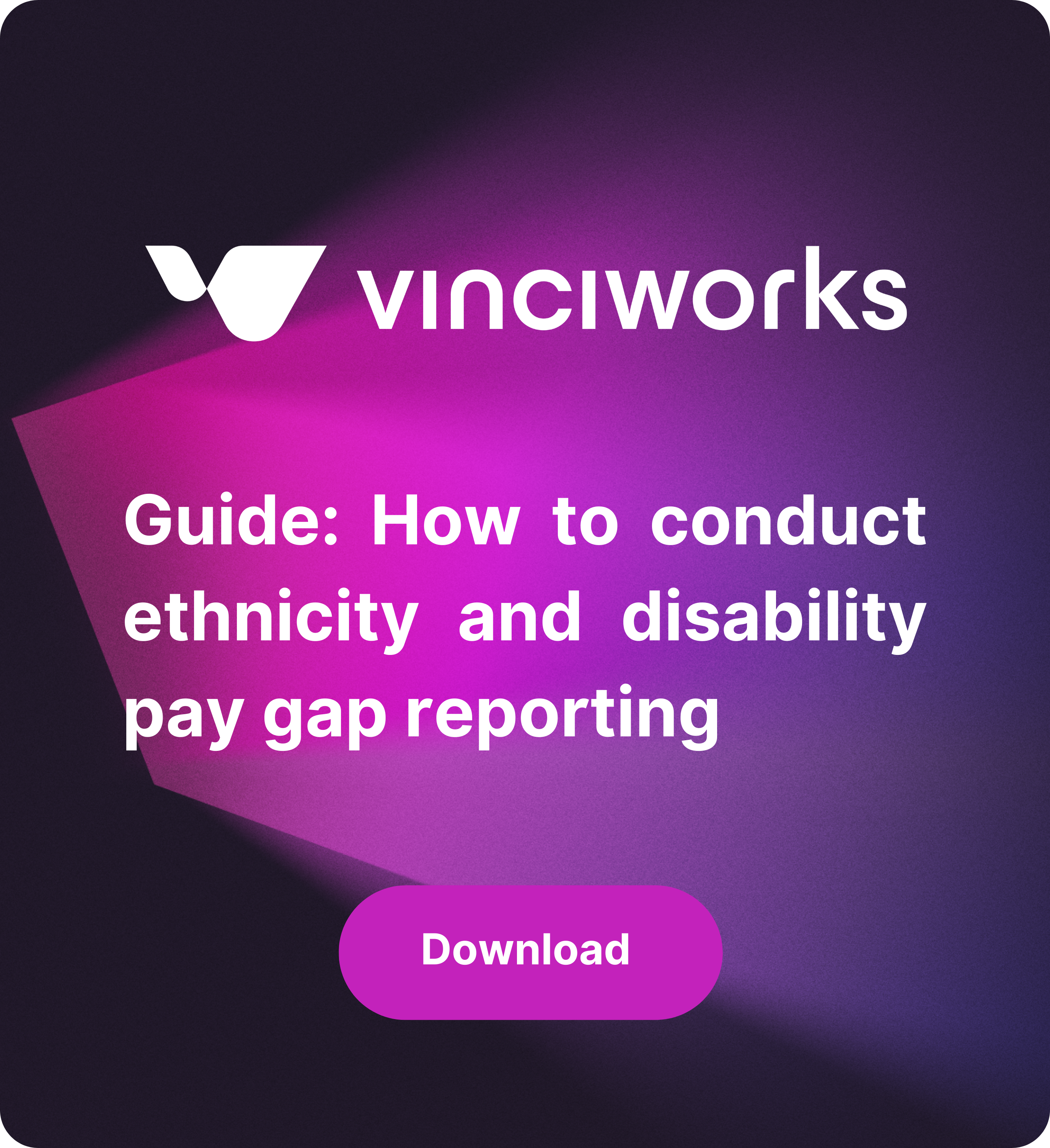In a significant move towards greater workplace equality, the UK Government has launched a public consultation on introducing mandatory ethnicity and disability pay gap reporting for certain employers. If implemented, these new measures would build upon the current gender pay gap reporting framework while also introducing some distinct requirements tailored to ethnicity and disability data.
Existing pay gap reporting obligations
Since 2017, large private and voluntary sector employers in the UK have been required to report on their gender pay gaps under the Equality Act 2010 (Gender Pay Gap Information) Regulations 2017. Public sector bodies in England have similar obligations under the Equality Act 2010 (Specific Duties and Public Authorities) Regulations 2017.
Under this regime, employers with 250 or more employees must report annually on six key pay metrics, including:
- Mean and median gender pay gap in hourly pay
- Mean and median gender pay gap in bonus pay
- Proportion of men and women receiving bonuses
- Proportion of men and women in each pay quartile
The Government is now looking to extend similar requirements to ethnicity and disability pay gap reporting for large employers—those with 250 or more employees.
Which proposals mirror the existing gender pay gap reporting framework?
Several elements of the proposed ethnicity and disability pay gap reporting framework will be familiar to employers:
- Who will be covered
Employers with 250 or more employees (including large public bodies) will be subject to the reporting obligation, aligning with gender pay gap thresholds. - ‘Snapshot date’ and reporting deadline
The proposed ‘snapshot date’, the date by which large employers in the private and voluntary sectors have to select pay data from their employees, is 5 April, with data to be reported within 12 months. These deadlines mirror current gender pay gap reporting timelines. - Metrics to report
Employers would report on the same six sets of pay gap measures as used in gender pay gap reporting. These measures include differences in average hourly pay and bonus pay, which provide consistency and comparability across different pay gap categories. - Enforcement
The Equality and Human Rights Commission (EHRC), which currently enforces gender pay gap reporting, would be given the authority to enforce ethnicity and disability pay gap compliance as well. - Online reporting platform
The Government proposes using a similar online reporting mechanism as the gender pay gap reporting service. - Action plan The consultation seeks views on whether employers should be required to publish action plans alongside their data. This echoes proposals in the Employment Rights Bill, which also includes a requirement for gender pay gap action plans. These documents would allow employers to explain the drivers behind their pay gaps and outline corrective actions.
Which aspects of ethnicity and disability pay gap reporting differ from gender pay gap reporting?
While some elements mirror the existing regime, other proposals introduce significant new considerations:
1. Workforce composition and disclosure rates
To provide meaningful context to the reported data, employers would be required to disclose:
- The ethnicity and disability breakdown of their workforce
- The percentage of employees who chose not to disclose their status
This aims to enhance transparency but also introduces challenges around voluntary disclosure and data completeness.
2. Granularity of Ethnicity Data
For ethnicity pay gap reporting:
- Employers would be expected to use self-reported data from employees, based on the Government Statistical Service (GSS) ethnicity harmonised standard (used in the 2021 Census).
- Employers are encouraged to report across as many ethnic groups as statistically viable.
- However, to preserve privacy and ensure statistical validity, a minimum threshold of 10 employees per ethnic group is proposed. Where numbers fall below this, employers may be required to aggregate groups or report figures for two groups, such as comparing White British employees with ethnic minority employees, a process known as ‘binary classification’.
This balance between granularity and privacy is crucial—and employers will need robust data governance practices to manage it effectively.
3. Disability data and definitions
For disability pay gap reporting:
- Employers would collect data based on the definition of disability under the Equality Act 2010, which defines a disability as a “physical or mental impairment that has a substantial and long-term adverse effect on a person’s ability to carry out normal day-to-day activities.”
- Like with ethnicity, self-reporting would be voluntary, and employees cannot be compelled to disclose their disability status.
- A binary reporting approach is proposed: comparing pay between disabled and non-disabled employees.
- A minimum group size of 10 employees per category would apply here too, to protect privacy and ensure reliable reporting.
What does this mean for businesses?
The consultation is just one part of a broader Government focus on pay disparities. A separate call for views is expected on how to make the right to equal pay more effective for ethnic minorities and disabled people, which could result in additional obligations.
In the meantime, employers should begin preparing by:
- Reviewing how they currently collect and store ethnicity and disability data
- Updating privacy notices and ensuring GDPR-compliant practices
- Engaging employees to encourage disclosure through clear communication and trust-building
- Considering how existing pay structures, particularly bonus and incentive schemes, might affect gap reporting outcomes
It’s also important to note that while pay gap reporting does not directly measure unlawful discrimination, it can serve as a red flag for systemic issues—and failure to report or take meaningful action could expose employers to reputational and legal risks.
How to conduct ethnicity and disability pay gap reporting
The move toward mandatory ethnicity and disability pay gap reporting marks a significant shift in employer responsibilities and workplace transparency. While it leverages the existing gender pay gap framework, the additional sensitivity and complexity involved in collecting ethnicity and disability data means that compliance won’t be a simple copy-and-paste exercise.
Prepare your organisation for the coming requirements to measure and report on your ethnicity and disability pay gap with our free, comprehensive guide to reporting.











